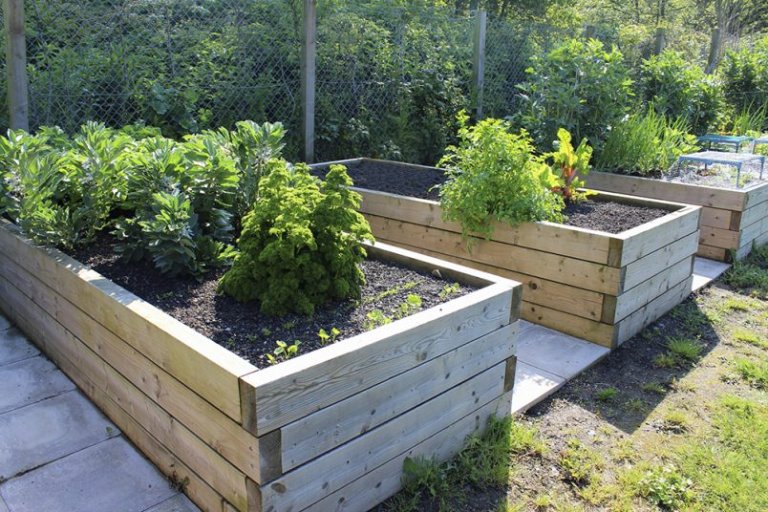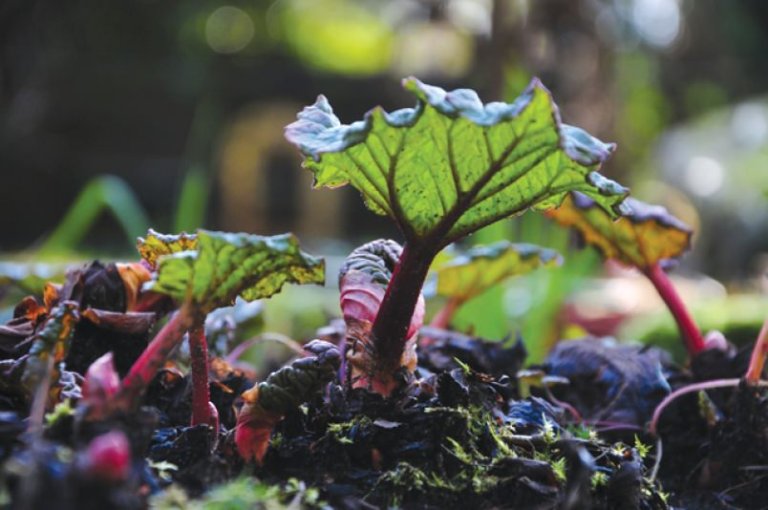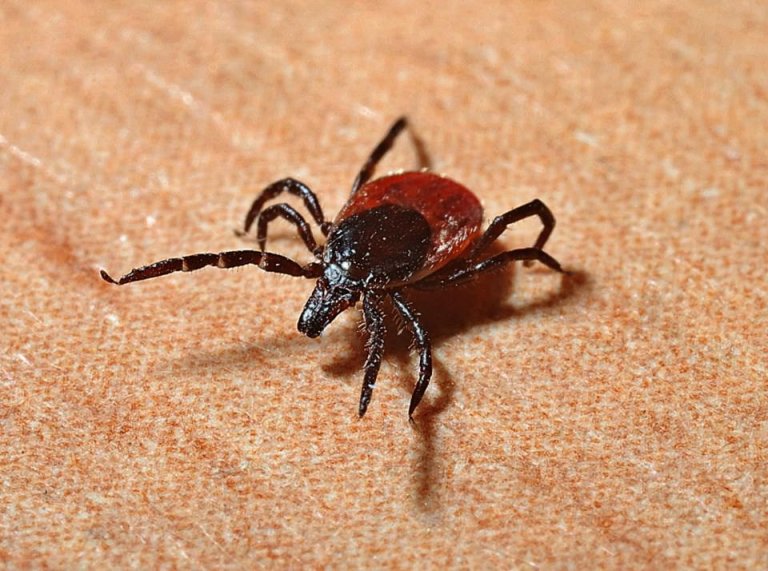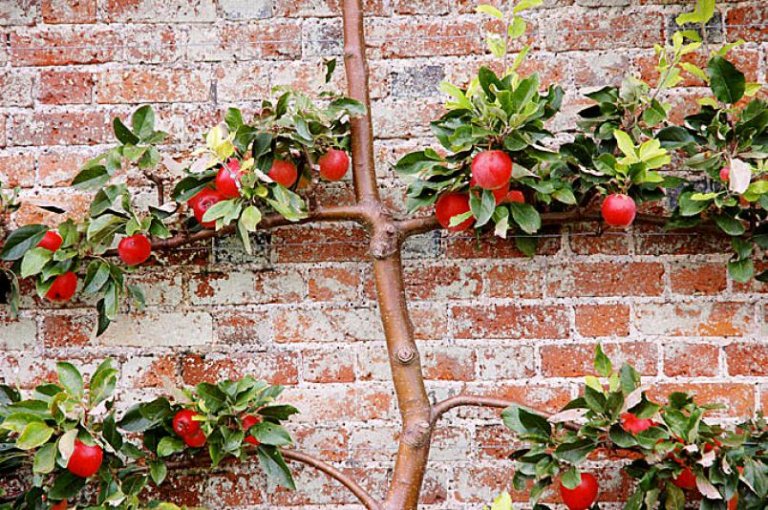Back
Let's give a shoutout to these multi-tasking plants
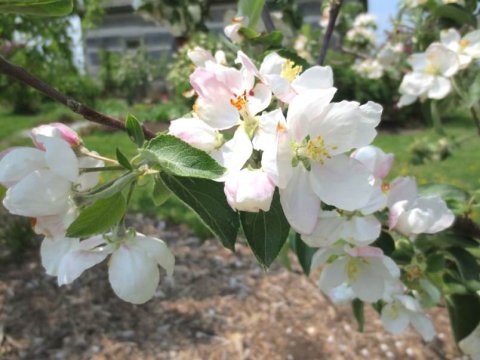
When is a garden-variety plant more than a plant?
When it provides multiple functions. Take flowering trees and shrubs that produce fruit, for example. While the flowers bring joy and energy to your garden, (not to mention an abundance of pollen for pollinating insects and hummingbirds) the fruit can be useful, even if it is not edible to humans.
Many birds enjoy foraging the fruit as it matures. Right now, cedar wax wings are flocking to Mark’s 27 crabapple trees. While the fruit was born on the trees last year, it survived the winter and is now distilled enough to attract hungry birds.
This is the perfect time of year to consider adding some permanent trees and shrubs to your yard that will give you multiple levels of satisfaction and pleasure. Retailers are loaded up with inventory of stock and this weekend is a great time to plant.
Here are our favourites:
Mountain Ash(Sorbus aucuparia) European Mountain Ash has been a favourite specimen tree for generations. Brilliant in spring with masses of umbel shaped flowers followed by clusters of bright orange fruit hanging like small Christmas ornaments in autumn. A favourite of cardinals and wax wings and Baltimore orioles. A great tree for a small to medium sized yard. The variety Cardinal Royal matures to 10 meters high and 5 meters wide.
Mulberry (Morus) The weeping varieties of mulberry were once very popular, but now the Russian mulberry standard tree has become a great choice for small gardens. Be sure to buy a fruiting variety if you want the fruit. We have received more than one complaint that the fruit is “dirty” especially when the tree is located near a driveway. Mulberry juice is not a joy to remove from the finish of your car. However, tucked into a corner of your yard, this tree will provide lots of entertainment as monarch butterflies are drawn to the blooms. Robins and other birds flock to it when the berries become ripe mid-summer.
Serviceberry(Amelanchier canadensis) A prolific bloomer that greets the spring with some of the earliest colour in the neighborhood. Mark has 16 of these, where they take the spotlight not once but twice every season. In late April/early May, the soft white flowers appear, followed by early summer purple fruit that attract a variety of birds. Serviceberry lends itself well to pruning and shaping, so it works well in tight spaces. In an open area, it will grow up to 7 meters tall. Very winter hardy. Native.
Edibles: don’t ignore edible fruiting plants. All of them must flower before they produce fruit, that is an irrefutable law of nature. Some put on a great show in spring: apples, pears, cherries, plums and peaches, to name a few. Some produce an abundance of fruit reliably. Apples and pears come to mind, as they are reliably winter hardy, regardless of winter weather.
Keep in mind that songbirds are not attracted to most edible fruit, cherries being a notable exception. When fruit is left on the tree or the ground beneath, wasps are attracted to the sweet, rotting pulp. It is a good policy to commit yourself to picking fruit when it becomes ripe whether you plan on using it or not.
Mark Cullen is an expert gardener, author, broadcaster, tree advocate and Member of the Order of Canada. His son Ben is a fourth-generation urban gardener and graduate of University of Guelph and Dalhousie University in Halifax. Follow them at markcullen.com, @markcullengardening, and on Facebook.
By: New West Record
GuidedBy is a community builder and part of the Glacier Media news network. This article originally appeared on a Glacier Media publication.
Location
Topics
Related Stories
-
Design & Renovations
Spring & Summer Decor on a Budget: How to Create a Beautiful Home for Less
It's finally Summer, which means it's time to freshen up your home decor! But don't worry, you don't have to spend a lot of...
-
Home Decor Vancouver
Refreshing Your Home for Spring/Summer
There are many ways you can refresh your house for the spring/summer season. These projects can provide your house with the...
-
Home & Garden
Spring Cleaning Hacks
When the rain slacks off and the last of the snow is gone, it's time to open up the house and clean! While spring may feel like...
-
Home & Garden Abbotsford
How to Create a Zero-waste Household
Reducing your household waste can help the planet in many ways. You may even be able to eliminate your waste completely if...
-
Home Furniture & Decor Abbotsford
Working from home? 4 tips for your home office setup
Working from home can be a better experience for you with the right office setup. Setting up your in-home office correctly can...
-
Cleaners
5 Cleaning Tips That Will Make Your House Sparkle
If you’re getting ready for spring cleaning or another big home cleaning project, you’ll want to sanitize your living space as...
-
Home Decor
Houseplants You Absolutely Want to Have in Your House
Adding some plants to your interior setting can give your home a greener feel while promoting greater tranquility throughout...
-
Design & Renovations Whistler
True To Its Past
The romantic and rounded form of the traditional log cabin, once a staple in Whistler’s architectural landscape, has seen its...
-
Home Furniture & Decor Burnaby
Create an Awesome Home Office Space on A Budget
A small home office doesn’t have to be expensive, but properly planning your space is important so it’s a place you actually...
-
Design & Renovations Vancouver
How To Decorate Your Rental So It Feels Like Home
The right bath and hand towels can add energy to a room. Photo: Barb Lunter Older rental suites can sometimes be plagued...
-
Design & Renovations Vancouver
Spring Decor Tips to Refresh Your Space
Fresh flowers, topical coffee table books and garden ornaments used cleverly indoors are a few ways...
-
Home & Garden Vancouver Island
House Beautiful: 120-year-old Rattenbury home gets new life in Rockland
The owners of this handsome 120-year-old home used to live in a custom-designed, ultra-modern house on the waterfront near the...
-
Design + Build
HOME IDEAS: Lift yourself out of post-holiday funk with DIY projects
Taking down the holiday decorations is never a fun task. Once they are all removed the house can look a little bare. In...
-
Garden & Décor Burnaby
How to garden if you don't have your own garden
Paying $160 for the year was a pretty good price for a vacation property. Only eight minutes from Ben’s downtown apartment,...
-
Home & Garden
New plants worth trying
The horticulture industry is gradually catching up with the current home trend of compact living. Smaller, more refined and...
-
Garden & Décor Coquitlam
Five simple DIY weekend projects that can improve your home’s curb appeal
Your front door is the first thing you see when you get home at the end of the day and it’s the first impression your home...
-
Flooring
HOME IDEAS: Carpet tiles give your floor needed versatility
Environmental consciousness is definitely a priority these days, and it’s interesting to see how it’s spilling into the...
-
Garden & Décor
DESIGN IN NATURE: Garden pests can be dealt with naturally
Everyone should know that using cosmetic pesticides is banned in all three North Shore municipalities. Using these...
-
Home & Garden
Tips to stay tick-free
The first day of spring is a welcome sight for more than just the people of Kamloops – it's a big moment for the...
-
Design & Renovations
Compile a reno or building wish list
If you're planning on renovating your home or building a new one you undoubtedly have some definitive ideas on what you'd like...
-
Home Furniture & Decor Delta
It just takes a little determination to design a gallery wall
Gallery walls, also called moment walls, are one of today's hottest home decor trends. Gallery walls enable homeowners to...
-
Cleaners Burnaby
‘Uber for laundry’ moves into Burnaby. Because people are that lazy
Look, I know the headline for this blog seems harsh, but I’m actually not judging. Just stating a fact – people in our...
-
Garden & Décor
HOME IDEAS: Create a guest room that visitors will want to come back to
Are you expecting visitors over the summer holidays? There’s something special about creating a warm and inviting living space...
-
Bathrooms
HOME IDEAS: Bathe your bathroom with simple, modern flourishes
If you were fortunate enough to visit this year’s BC Home + Garden Show here in Vancouver, you may have come home with some...
-
Flooring
Family company built from the floor up
Many family businesses are built from the ground up, but Woodopolis Home Centre literally started with hardwood...
-
Home & Garden Vancouver
DESIGNER FILES: Wallpaper covers all bases for your interior
If your last interaction with wallpaper was the unforgettably tacky, impossible-to-remove and overused versions that ran...
-
Design & Renovations Delta
Rooms do double duty in smaller homes
Many homes do not have space for guest rooms, play areas and home theatres that are possible in homes with substantial square...
-
Garden & Décor Burnaby
Veggie creep is one of the next big things in gardening
Want to be on the leading edge of your gardening community? We have spent a lot of time forecasting the next big thing for the...
-
Home Furniture & Decor Vancouver Island
Debbie Travis: Benefits of benches include extra seating, storage
Dear Debbie: I was debating with a friend what was an “extra” piece of furniture she couldn’t do without. We agreed that a bed,...
-
Contractors Prince George
Why this Prince George contractor settles for nothing but the best
Sponsored Content “I’m very passionate,” says Robert Rivey, “and I suppose I always do my best.” This sort of...
-
Garden & Décor
AROUND THE HOUSE: Got fruit trees? Sweet!
You really don’t have to be an expert to prune fruit trees. All it takes is a little common sense and a few helpful hints. As a...
-
Bathrooms Maple Ridge
Woodopolis: Making local bathrooms beautiful
Sponsored Content Bathroom renovation may not be what people think of when they hear of Woodopolis Home Centre, but...













